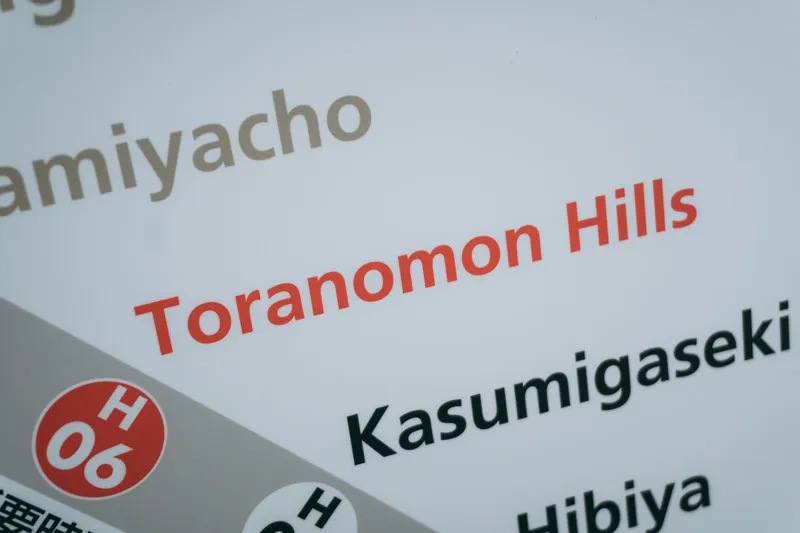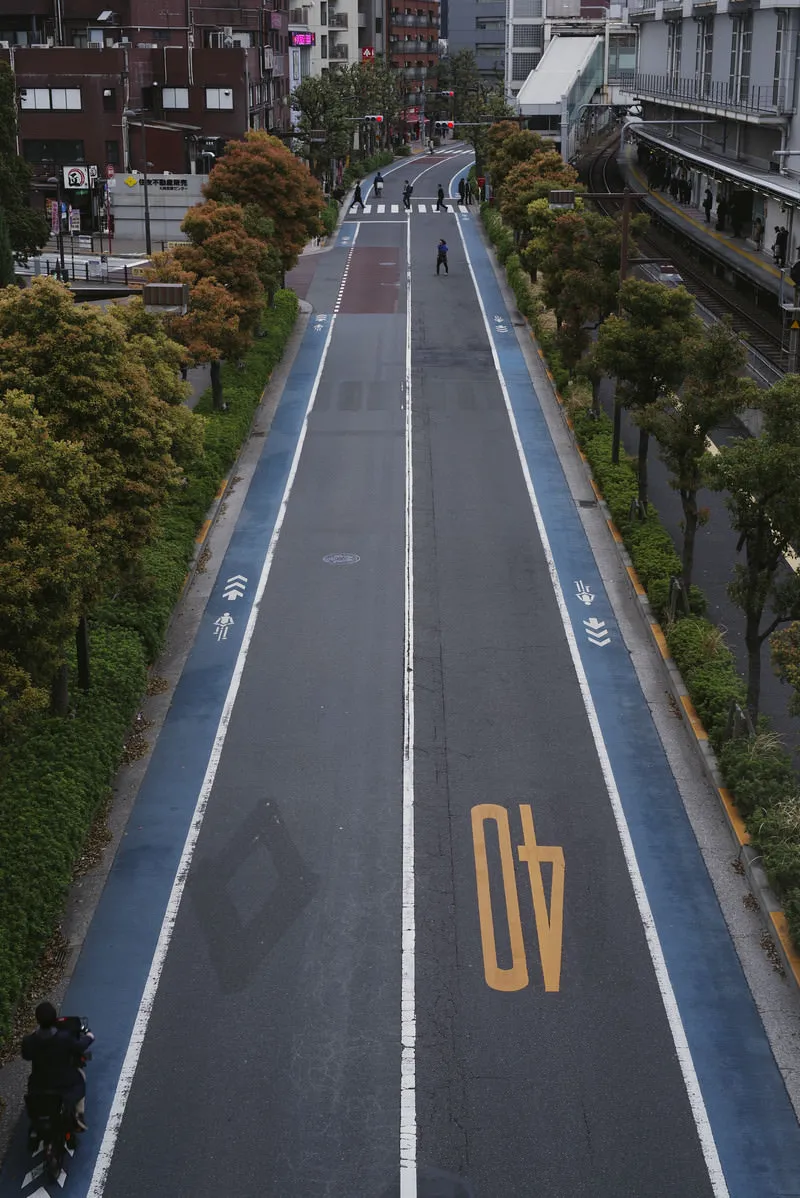November 26, 2023
Advancements in Japanese Transportation
Exploring Remarkable Advancements in Japanese Transportation: From Shinkansen to Automated Vehicles
Discover the incredible advancements in Japanese transportation, from the famous Shinkansen bullet train to cutting-edge automated vehicles. Learn how Japans innovative technology and efficient infrastructure have made commuting in the country a breeze. Explore the remarkable innovations that have revolutionized train travel, allowing passengers to cross the country quickly and comfortably at speeds of up to 200 mph.
Japan is renowned for its innovative technology and efficient transportation systems. The country has made significant strides in improving its transportation infrastructure, making commuting in Japan a breeze. From high-speed trains to automated vehicles, Japanese transportation has witnessed remarkable advancements. In this article, we will take a closer look at some of the remarkable innovations in Japanese transportation.
1. Shinkansen: The Bullet Train
One of Japans most iconic transportation advancements is the Shinkansen, also known as the Bullet Train. Launched in 1964, the Shinkansen revolutionized train travel with its unprecedented speed, safety, and comfort. These high-speed trains can reach speeds of up to 20 km/h (200 mph), enabling passengers to travel across the country swiftly and efficiently.
2. Maglev Trains
Japans dedication to pushing the boundaries of transportation technology is evident in its Maglev trains. Maglev, short for magnetic levitation, utilizes magnetic forces to propel the train, eliminating the need for traditional wheels. With speeds exceeding 500 km/h (10 mph), Maglev trains offer an incredibly fast and smooth journey, showcasing Japans commitment to innovation.
3. Automated Vehicles
Japan is at the forefront of developing automated vehicles, which aim to enhance safety and convenience on the road. Companies like Toyota and Honda are actively working towards creating self-driving cars that utilize advanced sensors and artificial intelligence to navigate through traffic and reduce accidents. These vehicles have the potential to revolutionize transportation as we know it.
4. Efficient Public Transportation Networks
Japanese cities are renowned for their efficient and meticulously planned public transportation networks. The train and subway systems are comprehensive, punctual, and incredibly reliable. In addition, Japan also boasts an extensive bus network, ensuring that residents and tourists can seamlessly travel within cities and across regions.
5. Bicycle Infrastructure
Japan has also made significant efforts to promote eco-friendly modes of transportation. The country has developed an extensive network of bicycle lanes, making commuting on two wheels both safe and convenient. Many cities provide easily accessible bicycle rental services, encouraging people to embrace cycling as an alternative means of getting around.
Conclusion
Japanese transportation continues to evolve and impress with its innovative advancements. Whether its the high-speed Shinkansen trains, futuristic Maglev technology, or the development of automated vehicles, Japan showcases its commitment to improving transportation for the benefit of its citizens and visitors. With efficient public transportation networks and a focus on sustainable modes of commuting, Japan paves the way for the future of transportation.
Stay tuned for more exciting updates on Japanese technology and innovation!


